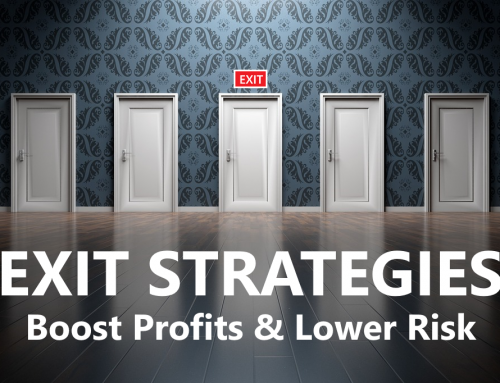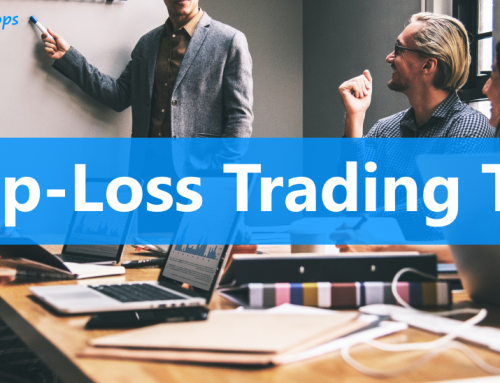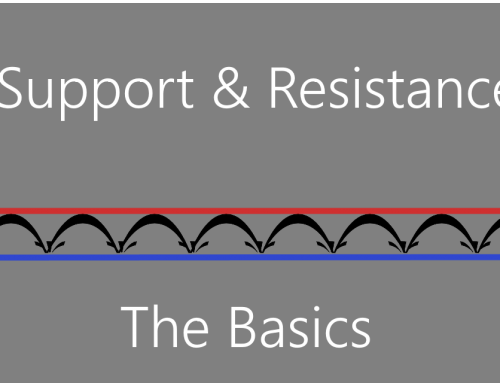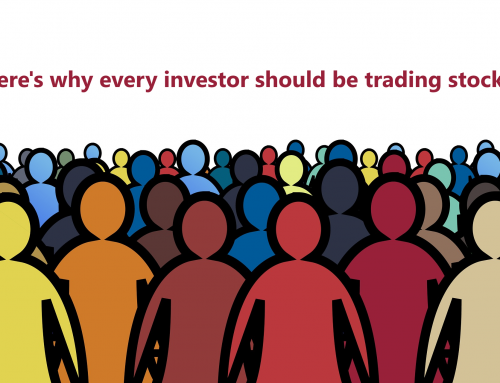Does a high percentage of winners deliver big online trading profits?
You’ll sometimes see advertisements for online stock trading services that proudly proclaim ultra-high winning percentages. These ads tend to appeal to new traders who’ve just started trading stocks online. Most new traders think that a high percentage of winners is necessary to be successful in the stock market. However, things aren’t always as they seem – especially when it comes to trading the stock market! Online stock trading – midway When it comes to online stock trading, games of chance aren’t always as they appear.
Here’s an example. Pretend for a minute that you’re at a carnival, and as you walk down the midway you see two games of chance side by side. The guy at the first booth leans over the counter and says, “Give it a try – a dollar a play, four out of 10 winners every time!” At the next booth the fellow behind the counter shouts, “Step right up – a buck a play, six out of 10 winners guaranteed.” Assuming you are there to have fun (and make a little money if you get lucky), which game should you play?
At first glance it looks simple. Both games cost the same per play, but one has a higher percentage of winners. Of course you would take the six-out-of-ten game over the four-out-of-ten-game. But what if you took a closer look and found that the lower odds game paid out $4 for each winner, but the higher odds game paid only $2. How would that affect your choice?
Now lets do the math. The first game costs $10 for ten plays, with four winners at $4 each. That’s 4 times $4, or $16 in winnings. Subtract the $10 to play and you’re left with $6 profit. The second game costs the same to play, but you end up with six winners. That’s 6 times the $2 payoff for each winner, or $12 total minus the $10 to play leaves us with $2.
It’s clear in this case that the lower percentage game pays off the most because each winner is twice the amount as in game two. In other words, the same amount invested in a lower percentage game produced three times the profits because the payoff per winner is higher.
The higher payoff-per-win in the first game is a very important component in the profitability of the game. That same aspect is true in trading stocks online. While our intuition may tell us that an online stock trading method with a very high percentage of winners is always “better,” logic indicates otherwise. Not only should you consider the percentage of winners when deciding which strategy to use, but you should also consider the profit-per-win and the cost-per-loss.
In trading stocks, a simple Profit/Loss Ratio is very similar to the payoff-per-win vs. cost-per-loss aspect of the carnival midway games. The Profit/Loss Ratio is a vital part of the calculation when comparing the performance of one trading method to another. For example, a P/L Ratio of $1.50/$1.00 tells us that for every $1.00 we lose, we gain $1.50. The P/L Ratio is used along with the Win/Loss Ratio to determine how well a trading method performs.
All things being equal, a high percentage approach will produce higher profits. However, there is a severe penalty for pushing too hard toward a high percentage of wins. The unpredictable and relatively efficient nature of the stock market insures that traders who follow this approach will be forced into two very damaging situations – smaller profits and larger losses.
To maintain the high number of winners, traders are forced to limit the reward for each trade and take quick profits. Strategies that depend on small profits are capable of high winning percentages, yet to achieve this high win-to-loss ratio they also have to take on more risk per trade.
Limiting the amount of risk or loss per trade will cause the percentage of winners to drop as well. A study of different trading systems by Keener Capital Management shows that higher winning percentages are characteristic of the worst performing trading strategies. By contrast, trading strategies with lower winning percentages were the most profitable.
There were a couple of basic conclusions that emerged from this research:
~ Contrary to popular trading “wisdom” a trader can go broke taking profits too quickly.
~ Advertisements for trading strategies that sound too good to be true usually are.
In summary, a high percentage of wins don’t necessarily mean more profit. In fact, a high Win/Loss Ratio usually means less profits. Instead of trying to maintain a very high win-to-loss ratio, traders will benefit more by focusing on risk control, trade management and exit strategies to achieve optimum results.






